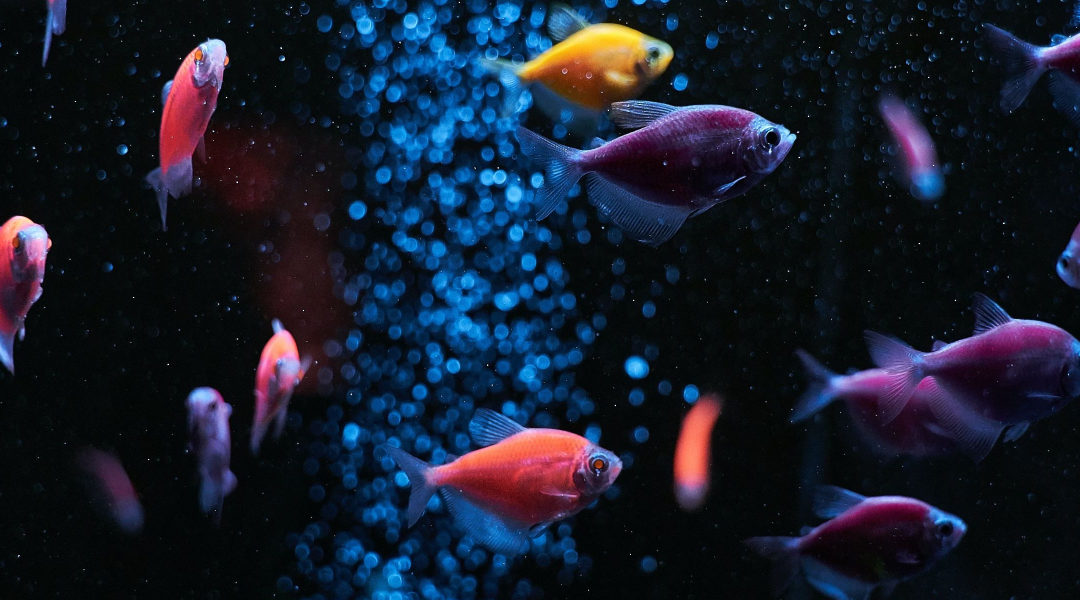Scientists have known that the klotho gene family is responsible for the aging process for many years. While previous research has focused on the gene’s expression in mice, further research has discovered the gene is also present and modulates aging in killifish. The unique lifespan of the killifish makes it ideal for anti-aging research.
Klotho Gene Discovery
The Klotho gene was first discovered in 1997 when mice with a mutated αklotho gene were found. These mice had a shorter lifespan and certain physical characteristics. Scientists noticed similarities to humans with the premature aging syndrome.
The klotho gene family gets its name from the Greek goddess Klotho. Myths state that Klotho weaves the thread of life, making it a fitting namesake for the aging gene.
Klotho Gene Function
Klotho gene is directly related to aging. As animals age, there’s a decline in the klotho gene. Experiments in mice have shown that overexpression of the klotho gene can slow the aging process. Mice with overexpression of klotho live 19-31% longer than mice with typical klotho expression.
Variations of Klotho gene is shown to increase lifespan and cognition in humans as well. One in five people have a mutated klotho gene. These people are shown to perform better on cognitive tests than those without the mutation. In mice, the mutation is shown to strengthen the connections between neurons. These connections make learning possible, so it makes sense that those with the mutated gene would have better learning and cognitive performance.
It’s hoped that the klotho gene may play a role in treating Alzheimer’s and other aging disorders as research continues.
Why The Killifish is an Ideal Test Subject
The killifish, scientifically known as Nothobranchius furzeri, is uniquely fitting for aging research. It has a lifespan of 4-6 months, making it the shortest lifespan of any animal that can be bred in the laboratory.
It also has an advantage over non-vertebrates, because there are some biological features that are only present in vertebrates. It’s also affected by environmental changes that affect other species, including humans.
The Experiment
112 killifish were used for the experiment. They were monitored, and dead fish were removed twice each day. At 5 weeks old, the killifish reaches sexual maturity. At 11 weeks, 40% of the colony is still alive. Week 13 is considered old age, showing a large decline in performance and a large increase in physical signs of aging.
One variation of the klotho gene, αklotho, is prominent in the killifish’s liver, kidneys, and teeth. The other variation, βklotho, was strongly present in the liver and intestines.
In the liver, αklotho increased over time. Levels stayed the same in the liver. βklotho stayed the same in the intestine, while levels decreased in the liver as the fish aged.
Results and Conclusions
The killifish’s similarity to mammals, including humans, and the consistency of levels of klotho genes make it an excellent experimental model.
Scientists hope to use the killifish to learn more about klothos effect on aging. It is hoped that it will help scientists better understand human aging, and perhaps slow the aging process.

